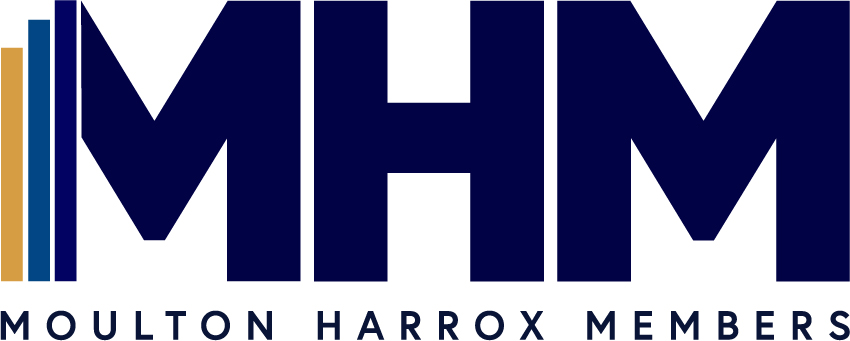Moulton Harrox’s approach to due diligence and what we look for
• The company’s ‘sales brochure’ to investors
• Summary of business model and investment case, usually in visually helpful diagrammatic format
• ‘First look’ at the annual results and outlook statement (released with preliminary results
• The best single source for understanding what the business does
• Outline of strategy and key value drivers
• Detailed risk factor section
• Review of revenue recognition policies•Review of adjustments made to EBITDA/EBIT and whether these are truly one-off / exceptional
• The ‘nasties’ (off balance sheet items and related party transactions) are generally always found in the notes
• Management and Board compensation. Peers used as benchmarks for performance criteria also identifies key competitors for review
• Auditor statement and any qualifying comments•Reveals the ‘tone’ of management and the board
• Does the reporting format and KPI disclosures change year to year –red flag if changes so that performance can’t be consistently measured
• How do earnings differ from operational cash flow –large discrepancies can be a red flag of undesired accounting manoeuvres
• Large working capital swings that could indicate ‘stress’ within the business
• Financing facility review to understand funding availability, covenants and maturity profile
• Contingent liabilities and pension deficits
• Understand options, warrants and convertibles for possible dilution
• Ongoing review of whether the business is delivering against announced objectives
• Track shareholder and director selling/buying activity
• Material news that may confirm or change the outlook, both positively and negatively
• Does the company’s market provide structural headwinds or tailwinds, either permanently or temporarily
• Comparison of key metrics to understand opportunities for upside or discrepancies that could indicate reporting irregularities
• Identify what peers are doing differently that could lead to a competitive advantage
• Never provided with non-public sensitive information, but opportunity to fully understand the business model and key drivers
• Specific questions relating to disclosed information to clarify factual understanding
• Understand the tone and style of management
• Provide additional colour on reality vs. reporting and disclosure messages

